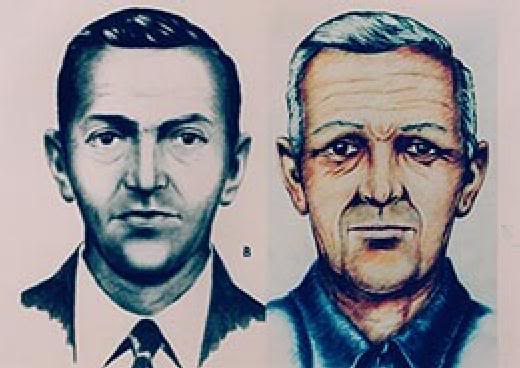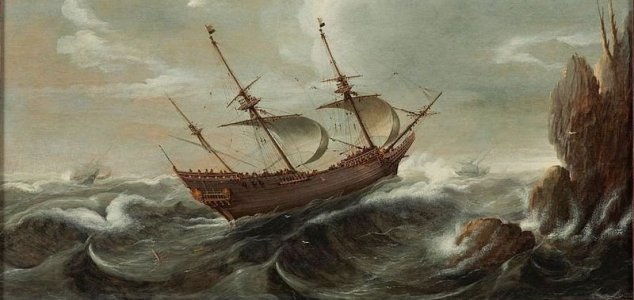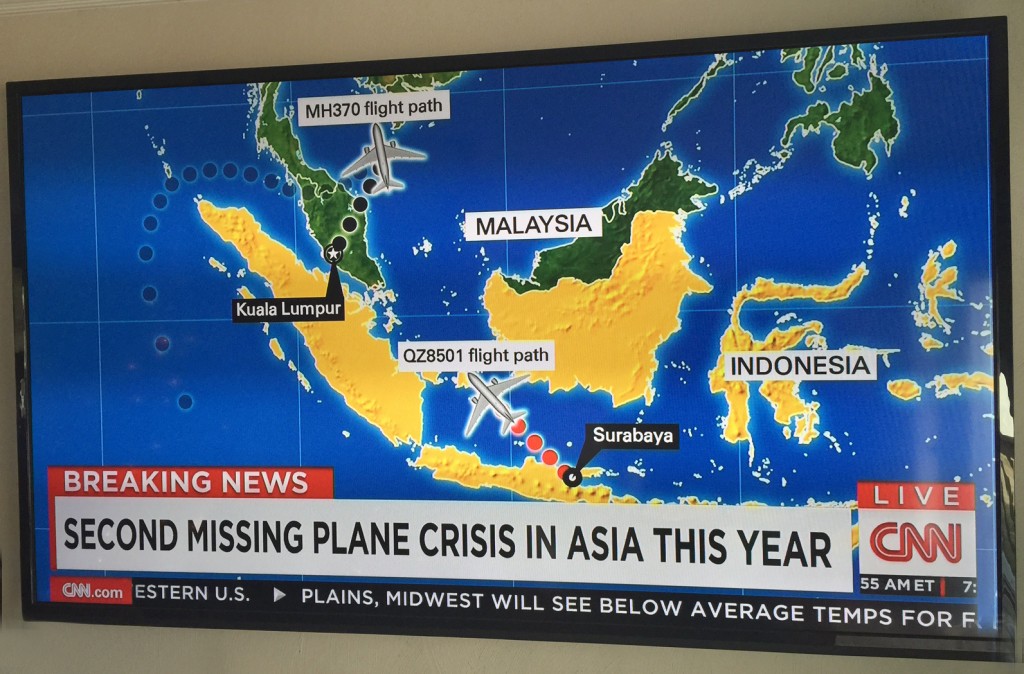
On Wednesday, November 24, 1971, a man traveling under the name of “Dan Cooper” hijacked a Boeing 727 during an American flight from Portland, Oregon to Seattle, Washington. He received $200,000 in ransom and then jumped from the plane via parachute. He was never seen again. During the subsequent investigation, police questioned (and released) a suspect by the name of D. B. Cooper who lived in the area near where the hijacker was projected to have landed. Due to a miscommunication with the press, “Dan Cooper” became known as D. B. Cooper. There have been many leads over the years, but the true identity of D. B. Cooper has never been ascertained. The FBI maintains that he did not survive the jump. Whether he did or not, his fate still fascinates people to this day. Cooper’s case is one of the few unsolved air hijackings. Every lead investigated by police has led nowhere.
As recently as March 2008, a parachute was discovered on private property within Cooper’s projected landing area. However, on expert review, it was determined not to be the same type of parachute that was used in the hijacking.There are three major clues in the case. The first was discovered in 1978 when a hunter found a placard printed with instructions on how to lower the rear stairs on a Boeing 727. The placard was positively identified to have come from the hijacked airliner. The second clue came two years later in February of 1980 on the banks of the Columbia River. An eight year old boy by the name of Brian Ingram found $5,880 in decaying $20 bills while on a picnic with his family. On review of the serial numbers, the money was determined to be some of the ransom given to Cooper. The third clue wasn’t able to be found until more recently due to modern technology. During the hijacking, Cooper left his tie and tie pin behind when he jumped from the plane. In October 2007, the FBI announced that it had obtained a partial DNA profile of Cooper from these items. No match has been found. Officials at the FBI still claim that they believe Cooper to be deceased, however, they would like to know his identity.
The D. B. Cooper hijacking had a major impact on the commercial airline industry. After the incident, airports installed metal detectors for the first time, the FAA set new flight safety rules, and Boeing modified its 727, installing a “Cooper Vane”. Obviously named after D. B. Cooper, the Cooper vane is a device that prevents the rear air stair from opening while in flight
Originally posted 2016-04-08 12:28:00. Republished by Blog Post Promoter













